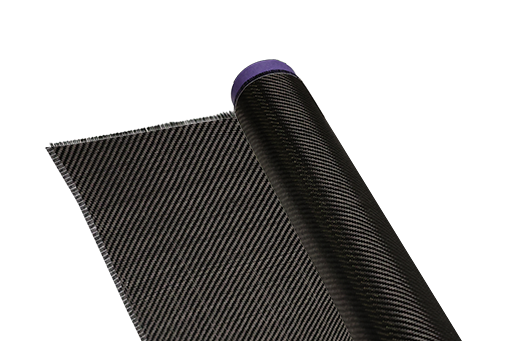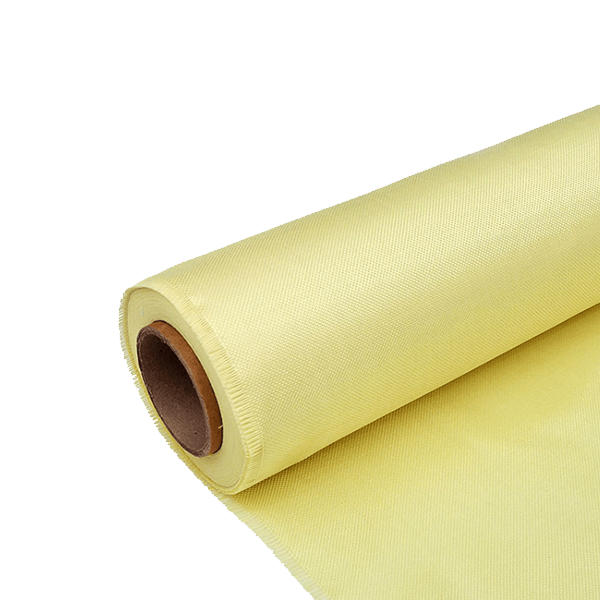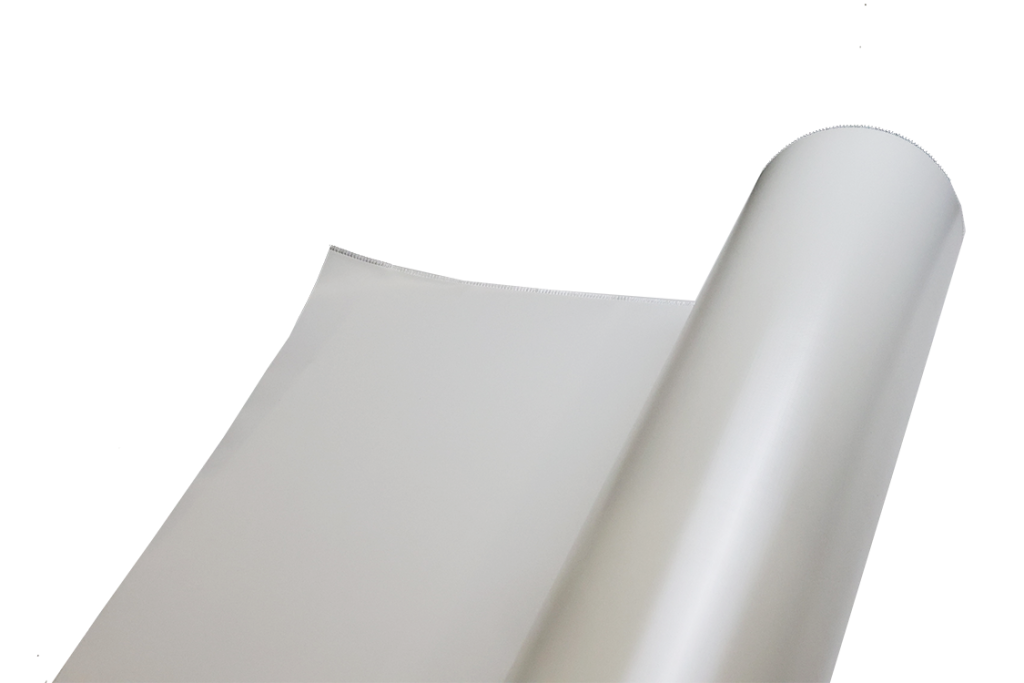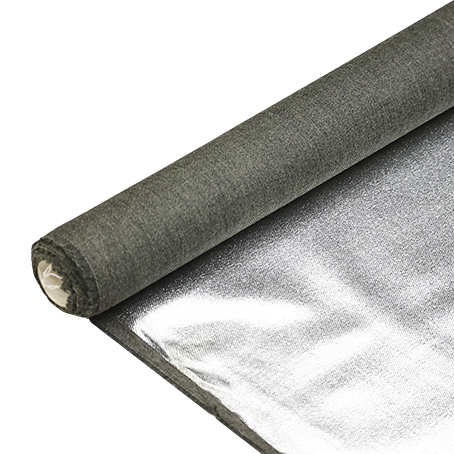Artist Creates Sculpture Using Fiberglass Mesh and Epoxy
-
Table of Contents
“Transforming Vision into Form: Sculptures Crafted from Fiberglass Mesh and Epoxy.”
An innovative artist has transformed the traditional boundaries of sculpture by utilizing fiberglass mesh and epoxy to create stunning three-dimensional works of art. This unique combination of materials allows for intricate designs and a lightweight yet durable structure, enabling the artist to explore new forms and textures. The use of fiberglass mesh provides a flexible framework, while epoxy resin adds strength and a glossy finish, resulting in visually striking pieces that challenge conventional perceptions of sculpture. Through this technique, the artist not only showcases their creativity but also pushes the limits of materiality in contemporary art.
Innovative Techniques in Fiberglass Mesh Sculpture
In the realm of contemporary sculpture, artists continually seek innovative techniques that push the boundaries of traditional materials and methods. One such technique that has gained prominence is the use of fiberglass mesh combined with epoxy resin. This approach not only enhances the structural integrity of the artwork but also allows for a remarkable level of detail and texture that can be achieved in the final piece. The versatility of fiberglass mesh, a material traditionally associated with construction and repair, has found a new life in the hands of skilled artists who recognize its potential for creative expression.
Fiberglass mesh is composed of woven strands of glass fibers, which are known for their strength and lightweight properties. When artists incorporate this material into their sculptures, they benefit from its ability to be molded into various shapes and forms. The mesh can be layered and manipulated, allowing for intricate designs that would be difficult to achieve with more conventional sculpting materials. As a result, artists can create dynamic compositions that capture movement and fluidity, inviting viewers to engage with the work on multiple levels.
Moreover, the application of epoxy resin serves to enhance the aesthetic qualities of the sculpture. Epoxy, a durable and versatile adhesive, can be used to coat the fiberglass mesh, providing a glossy finish that accentuates the colors and textures of the underlying material. This combination not only protects the sculpture from environmental factors but also adds depth and richness to the visual experience. The interplay between the transparency of the resin and the woven texture of the mesh creates a captivating effect, drawing the viewer’s eye and encouraging closer inspection.
In addition to its visual appeal, the use of fiberglass mesh and epoxy allows for greater experimentation with form and scale. Artists can create large-scale installations that would be impractical with heavier materials, thus expanding the possibilities for public art and exhibition spaces. The lightweight nature of fiberglass mesh means that sculptures can be suspended or mounted in ways that challenge traditional notions of sculpture as a static, grounded form. This innovative approach not only redefines the physical presence of the artwork but also invites dialogue about the relationship between art and its environment.
Furthermore, the process of working with fiberglass mesh and epoxy requires a unique set of skills and techniques. Artists must be adept at layering the mesh and applying the resin in a manner that ensures both structural stability and aesthetic quality. This often involves a meticulous process of planning and execution, as the artist must consider how each layer interacts with the others. The curing time of the epoxy also necessitates patience and precision, as artists must wait for each layer to set before proceeding to the next. This careful craftsmanship is integral to the final outcome, resulting in sculptures that are not only visually striking but also a testament to the artist’s dedication to their craft.
In conclusion, the innovative use of fiberglass mesh and epoxy in sculpture represents a significant advancement in contemporary artistic practices. By embracing these materials, artists are able to explore new dimensions of form, texture, and color, ultimately enriching the viewer’s experience. As this technique continues to evolve, it is likely that we will see even more groundbreaking works that challenge our perceptions of sculpture and its possibilities. The fusion of traditional artistry with modern materials exemplifies the ever-changing landscape of contemporary art, inviting both artists and audiences to engage in a dialogue about innovation and creativity.
The Role of Epoxy in Modern Art Installations
In the realm of modern art installations, the use of innovative materials has become increasingly significant, with epoxy resin emerging as a pivotal component in the creative process. This versatile substance, known for its durability and aesthetic appeal, has transformed the way artists conceptualize and execute their works. By providing a robust medium that can be molded, colored, and finished to achieve a variety of effects, epoxy has opened new avenues for artistic expression, allowing creators to push the boundaries of traditional sculpture.
One of the most compelling aspects of epoxy is its ability to bond with a wide range of materials, including fiberglass mesh, wood, metal, and even stone. This characteristic enables artists to experiment with mixed media, combining different textures and forms to create visually striking installations. For instance, when used in conjunction with fiberglass mesh, epoxy not only enhances the structural integrity of the artwork but also contributes to its overall aesthetic. The interplay between the translucent qualities of the resin and the intricate patterns of the mesh can result in captivating visual effects that engage viewers on multiple levels.
Moreover, the curing process of epoxy allows for a degree of manipulation that is particularly appealing to contemporary artists. As the resin hardens, it can be shaped and layered, enabling the creation of complex forms that might be difficult to achieve with more traditional materials. This flexibility encourages artists to explore new ideas and techniques, fostering a spirit of innovation that is essential in the ever-evolving landscape of modern art. The ability to create both large-scale installations and intricate details within a single piece exemplifies how epoxy can serve as a bridge between different artistic visions.
In addition to its practical applications, epoxy also plays a significant role in the conceptual framework of modern art. The material’s inherent qualities—such as its clarity, strength, and resistance to environmental factors—can be symbolic of broader themes within an artwork. For example, an artist might use epoxy to convey ideas of permanence and fragility, reflecting on the transient nature of existence while simultaneously creating a lasting piece. This duality resonates with audiences, inviting them to engage with the work on both an emotional and intellectual level.
Furthermore, the accessibility of epoxy has democratized the art-making process, allowing a wider range of artists to experiment with this medium. As more creators discover the potential of epoxy, the art world is witnessing a surge in diverse styles and approaches. This influx of creativity not only enriches the contemporary art scene but also encourages dialogue among artists, critics, and audiences alike. The collaborative spirit fostered by shared materials and techniques can lead to innovative projects that challenge conventional notions of art and its boundaries.
As we consider the role of epoxy in modern art installations, it becomes clear that this material is more than just a tool; it is a catalyst for creativity and exploration. By enabling artists to experiment with form, texture, and concept, epoxy has redefined the possibilities of sculpture and installation art. As artists continue to push the limits of what can be achieved with this versatile medium, we can anticipate a future filled with dynamic and thought-provoking works that reflect the complexities of our contemporary world. In this way, epoxy not only shapes the physical aspects of art but also influences the very narratives that emerge from it, solidifying its place as an essential element in the evolution of modern artistic expression.
Exploring the Aesthetic Appeal of Mixed Media Sculptures
The realm of contemporary art has witnessed a remarkable evolution, particularly in the domain of mixed media sculptures. Artists are increasingly drawn to innovative materials that challenge traditional boundaries, and one such artist has captivated audiences with a striking sculpture crafted from fiberglass mesh and epoxy. This unique combination not only showcases the artist’s technical prowess but also invites viewers to explore the aesthetic appeal inherent in mixed media works.
Fiberglass mesh, known for its strength and versatility, serves as an ideal foundation for sculptural endeavors. When combined with epoxy, a resin that hardens into a durable finish, the resulting artwork transcends mere physicality. The interplay between the translucent quality of the mesh and the glossy surface of the epoxy creates a visual dialogue that is both intriguing and complex. As light interacts with the sculpture, it casts dynamic shadows and highlights, enhancing the viewer’s experience and inviting them to engage with the piece from multiple angles.
Moreover, the choice of materials reflects a broader trend in contemporary art that embraces the fusion of industrial and organic elements. The use of fiberglass mesh, often associated with construction and repair, juxtaposes the natural forms that the artist may be attempting to represent. This contrast not only challenges preconceived notions of beauty but also prompts a deeper contemplation of the relationship between art and the environment. By utilizing materials that are typically overlooked or deemed utilitarian, the artist elevates them to a status of significance, encouraging viewers to reconsider their perceptions of value and aesthetics.
In addition to the materiality of the sculpture, the artist’s technique plays a crucial role in its aesthetic appeal. The meticulous application of epoxy over the fiberglass mesh allows for a smooth, polished finish that enhances the sculpture’s visual impact. This labor-intensive process requires a keen eye for detail and an understanding of how each layer contributes to the overall composition. As a result, the final piece emerges as a harmonious blend of texture, form, and color, inviting viewers to explore its intricacies.
Furthermore, the thematic elements embedded within the sculpture add another layer of depth to its aesthetic appeal. Many contemporary mixed media artists draw inspiration from personal experiences, societal issues, or environmental concerns. In this case, the artist may be reflecting on themes of fragility and resilience, as the delicate nature of the mesh contrasts with the robust qualities of the epoxy. This duality resonates with audiences, prompting them to reflect on their own experiences and the complexities of the human condition.
As viewers engage with the sculpture, they are not merely passive observers; they become active participants in the artistic experience. The tactile nature of the materials invites touch, while the visual allure encourages prolonged contemplation. This interaction fosters a connection between the artwork and the audience, transforming the viewing experience into a dialogue that transcends the physical space.
In conclusion, the aesthetic appeal of mixed media sculptures, particularly those created with fiberglass mesh and epoxy, lies in their ability to challenge traditional artistic conventions while inviting viewers to engage with complex themes. Through innovative material choices and meticulous craftsmanship, artists are redefining the boundaries of sculpture, creating works that resonate on both visual and emotional levels. As contemporary art continues to evolve, it is clear that mixed media will remain a vital and dynamic force in the artistic landscape.
Q&A
1. **What materials are used in the sculpture?**
The sculpture is created using fiberglass mesh and epoxy resin.
2. **What is the purpose of using fiberglass mesh in the sculpture?**
Fiberglass mesh provides structural support and flexibility, allowing the artist to create intricate shapes and designs.
3. **How does epoxy contribute to the final appearance of the sculpture?**
Epoxy resin hardens to form a durable, glossy finish that enhances the visual appeal and longevity of the sculpture.The artist’s innovative use of fiberglass mesh and epoxy in sculpture creation showcases a unique blend of modern materials and traditional artistic techniques, resulting in durable, visually striking works that challenge conventional perceptions of sculpture. This approach not only enhances the structural integrity of the pieces but also allows for intricate designs and textures, ultimately expanding the possibilities of contemporary art.











